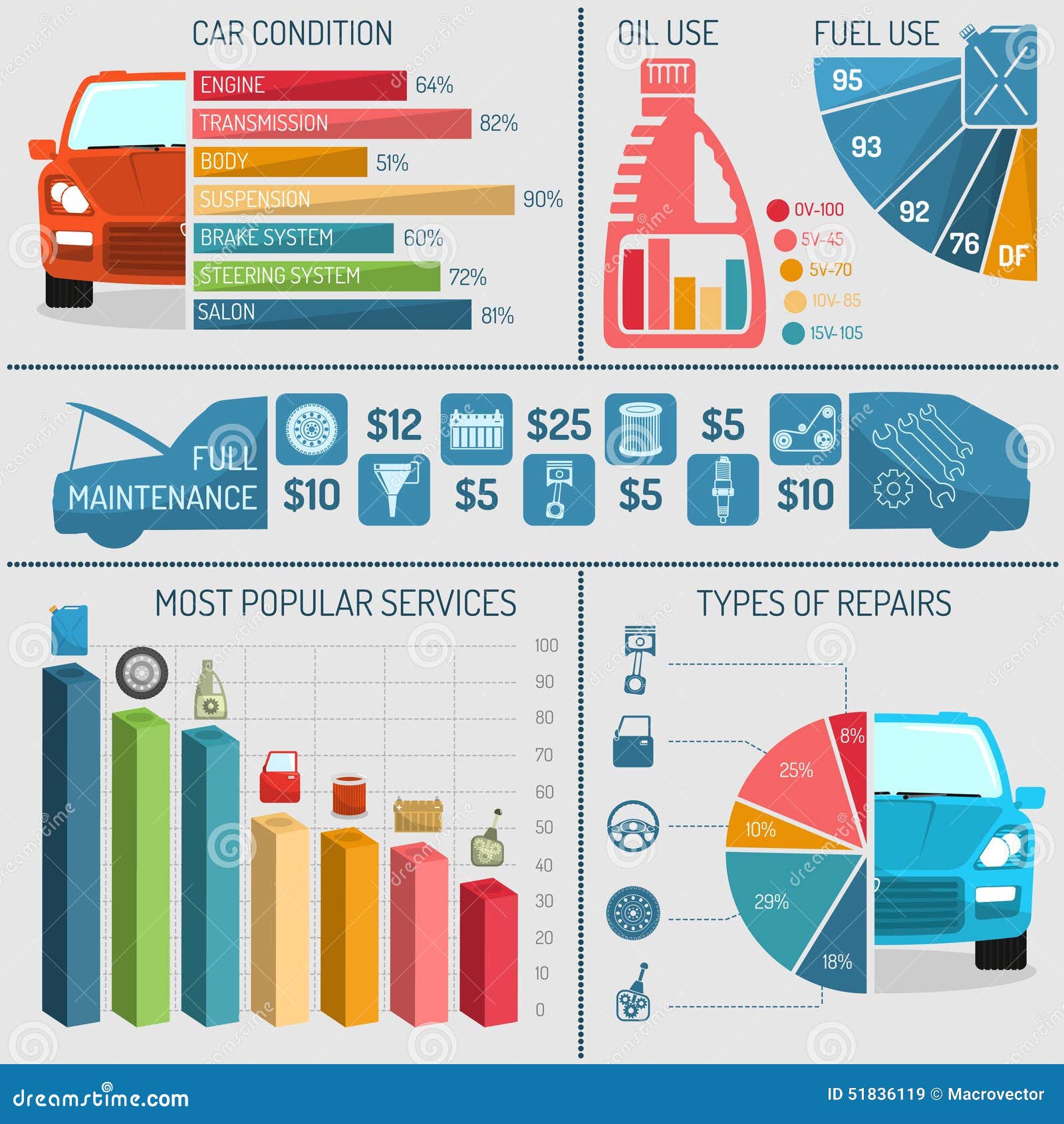Comprehending The Importance Of Your Automobile'S Warning Signals: What They In Fact Stand For
Comprehending The Importance Of Your Automobile'S Warning Signals: What They In Fact Stand For
Blog Article
Produced By-Hartley Shepherd
When you're behind the wheel, those glowing warning lights on your control panel can be a bit puzzling. Do you recognize what they're trying to tell you about your cars and truck's wellness? Recognizing bestcardetailingauckland of these lights is important for your safety and the durability of your vehicle. So, the following time one of those lights pops up, wouldn't you intend to decode its message properly and take the needed steps to resolve it?
Common Warning Lighting and Interpretations
Identify common caution lights in your car and comprehend their definitions to make certain safe driving.
One of the most regular caution lights consist of the check engine light, which signifies issues with the engine or discharges system. If car wash botany begins, it's important to have your car checked immediately.
The oil pressure alerting light shows reduced oil stress, calling for instant focus to prevent engine damages.
A blinking battery light may recommend a damaged billing system, possibly leaving you stranded otherwise attended to.
The tire pressure monitoring system (TPMS) light signals you to reduced tire stress, affecting car security and fuel efficiency. Ignoring this can result in unsafe driving problems.
The abdominal muscle light indicates a problem with the anti-lock braking system, jeopardizing your capability to stop rapidly in emergency situations.
Lastly, the coolant temperature level advising light warns of engine overheating, which can result in extreme damages if not dealt with swiftly.
Recognizing these usual caution lights will certainly assist you deal with concerns quickly and preserve risk-free driving problems.
Importance of Prompt Interest
Recognizing the usual caution lights in your auto is only the first step; the value of without delay dealing with these cautions can't be emphasized sufficient to ensure your security on the road.
When a warning light brightens on your dashboard, it's your vehicle's way of connecting a prospective concern that requires attention. Neglecting these warnings can bring about extra serious issues down the road, compromising your safety and possibly costing you more in repairs.
Motivate focus to warning lights can avoid failures and mishaps. As an example, a blinking check engine light can indicate a misfire that, if left neglected, could trigger damage to the catalytic converter. Resolving this promptly can save you from an expensive repair service.
Similarly, a brake system advising light might indicate low brake liquid or used brake pads, important components for your safety when driving.
DIY Troubleshooting Tips
If you notice a warning light on your control panel, there are a couple of do it yourself troubleshooting suggestions you can try before seeking professional help.
The primary step is to consult your cars and truck's manual to comprehend what the specific warning light indicates. In some cases the problem can be as straightforward as a loosened gas cap causing the check engine light. Tightening the gas cap may fix the trouble.
An additional usual problem is a low battery, which can cause different cautioning lights. Examining the battery connections for corrosion and ensuring they're secure could take care of the issue.
If a caution light lingers, you can try resetting it by separating the vehicle's battery for a couple of mins and afterwards reconnecting it. Furthermore, inspecting your automobile's fluid degrees, such as oil, coolant, and brake liquid, can assist troubleshoot advising lights connected to these systems.
Final thought
To conclude, understanding your vehicle's warning lights is essential for keeping your vehicle running smoothly and safely. By without linked here resolving these signals and understanding what they indicate, you can prevent pricey repair work and prospective failures.
Keep in mind to consult your automobile's manual for particular information on each alerting light and act appropriately to guarantee a hassle-free driving experience.
Remain informed, stay risk-free when driving!
